Last week an article appeared in
https://www.stuff.co.nz/sport/opinion/300806895/why-world-cupwinning-coach-wayne-smith-wants-the-driving-maul-banned quoting ‘the Professor’,
Women’s World Cup-winning coach Wayne Smith, and long-time member of the holy trinity of New Zealand coaching with Sir Graham Henry and Sir Steve Hansen, requesting an end to the driving maul from lineout.The article, written by journalist Mark Reason, quoted Smith as saying:
“I don’t like the driving maul as part of the game. There are six or seven forwards in front of the ball. There is no access to the ball. It is legalised obstruction. I would get rid of it entirely. You could do it very easily by changing the laws so that if the attacking team chooses to kick a penalty to touch inside the 22, then the other team gets the throw in.”
Reason called the maul “a blight on the game. It is against the very essence of pure rugby. It does not allow a fair contest for the ball. And it is a crashing bore” before going on to pick out the England v. Italy match from second round of the Six Nations tournament as the ‘nadir’ of a maul-dominated modern game.
The naked truth is that the England v. Italy match (in which England scored three tries from drives close to the line) is no longer true of trends in the Six Nations, let alone representative of those in other parts of the globe. In the 2022 tournament, 52% of the tries were scored from broken play rather than set-piece starters; of the 32 tries scored from lineout, a grand total of zero came from a pure lineout drive with no breakouts before the goal-line.
In the 2023 competition, 36 tries scored have been scored in the six games thus far and only six of those tries have originated from driving mauls close to the goal-line, either by keeping the ball all the way to the in-goal area, or short breakouts just before it.
Moreover, the England-Italy game was not even typical of the second round of matches as a whole. The stats from the other two games, between Scotland and Wales in Edinburgh and Ireland and France in Dublin, revealed the following outcomes for driving maul starters beginning in and around the opposition 22:

The stops and turnovers by the defence outweigh the tries and penalties for the attack by a ratio of three to one. In the game between Ireland and France – one of the best international matches in recent memory – there were no tries scored from lineout at all, let alone lineout drives within the 22. There were four tries from kick or turnover returns and one from a scrum, and three of the five scores originated from positions well outside the opposition 22.
Both sides between them chose of the option of kicking at goal on five occasions when they had a definite option of kicking for position and a lineout throw close to the opponent’s goal-line. This, in a game with a massive 47 minutes of ball-in-play time, roughly 11 minutes above the international average.
Will Borthwick’s England maul, and maul again? For sure, but for the other countries in the Six Nations it will simply be one weapon in a much wider arsenal. Is there not room for the maul on one shelf of the armoury, at least?
There are other concrete reasons why the professional game is trending away from pure lineout drives. One of the hot items among the current refereeing protocols is the penalization of ‘crossing’ by the attacking side – folding their lifters in front the lineout receiver as he returns to ground, and preventing access to the ball by the defence:
In this instance from the URC game between Munster and Ospreys, the main Ospreys maul defender (in the red hat) is sealed away from the ball prematurely by two Munster bodies in front of the receiver, and the attacking side is rightly penalized. It is a hot trend in the top refereeing echelons.
The dummy maul has also become a key strategy for set-piece attack with the continuing uncertainty about the emergence of ball from scrums. Take a look at this early attempt at a 5m drive from the Ireland-France game:
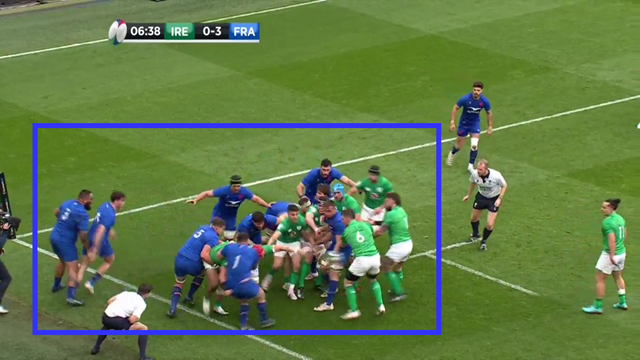
The ball is always clearly accessible to the defence, and by the time the maul breaks up there are no less than 10 French defenders concentrated in the 5m corridor – including two backs, #9 Antoine Dupont and #14 Damian Penaud. If Ireland can get the ball away successfully, the France back-line cover will be severely depleted with those two major components absent.
The drive frequently results in a very high concentration of defenders in a narrow area, and therein lies its attraction for attacks wanting to exploit the full width of the pitch, paradoxically:
It is only baby steps from a stopped maul (in the first instance) to a dynamic drive which is finally brought to ground (in the second), and on to creative use of the cross-kick after the ref calls ‘one stop’ (in the third)
.
Even when the Ireland maul grinds to a halt, there are four backs aligned on three Welsh forwards when the ball is delivered:
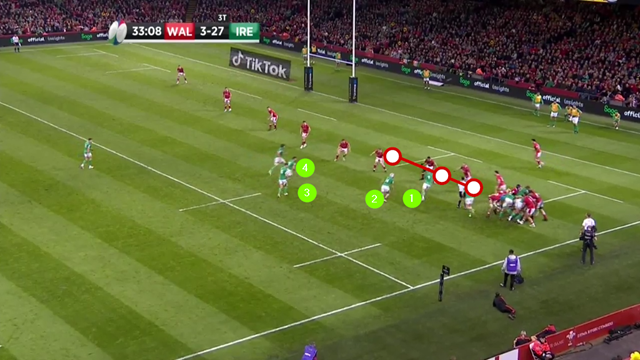
When the ball is played in the second example, the forwards are all out of the equation and it is simply a case of backs v. back in space, an opportunity which Scotland are well-equipped to exploit. In the last clip, the forwards are all clumped in a dense thicket close to the 5m line, and the cross-kick by Finn Russell finds the last Welsh back defending on the far post, too far away to matter.
The last step is the used of the dummy maul, which is probably the single most fertile area for attacking creativity from set-piece:
With all the Ospreys forwards (bar one) consumed within the 15m zone, the scene is set for a smart move around the edge of the maul targeting the first defender out.
Summary
Far from being a ‘blight on the game’, the maul and dummy maul remain one of the most fruitful areas for set-piece attack in modern praxis. They naturally create imbalances in personnel, numbers and attacking v. defensive width by forcing the defence to attend to the primary threat. By all means, take away the ‘one stop’ and do not allow the attacking side to restart the drive. But do not abandon the maul completely – all we have left is a 15 versus 15 game of Rugby League without it!






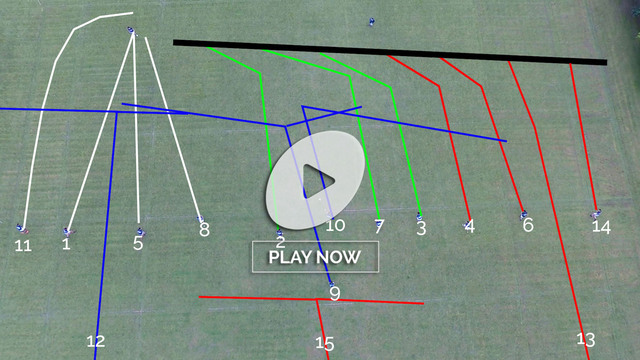

.jpg)
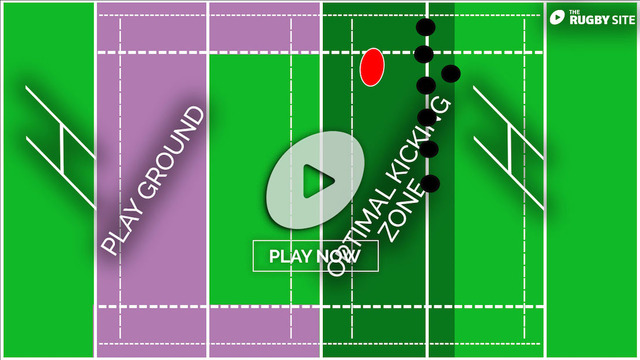
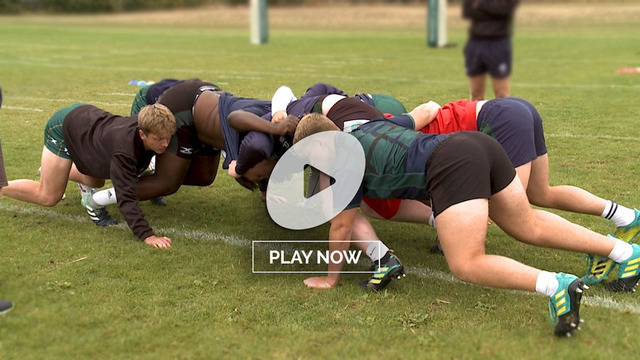
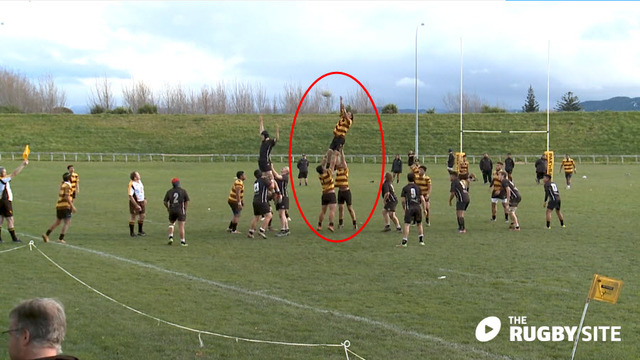
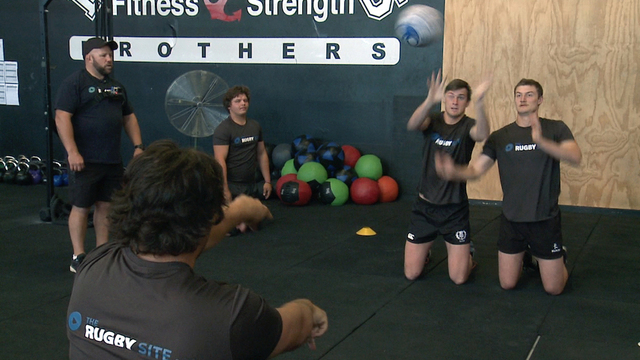
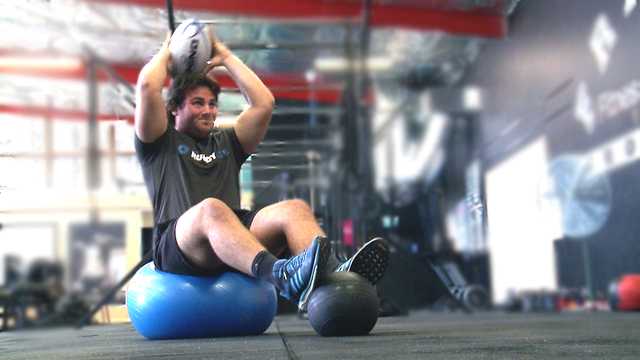
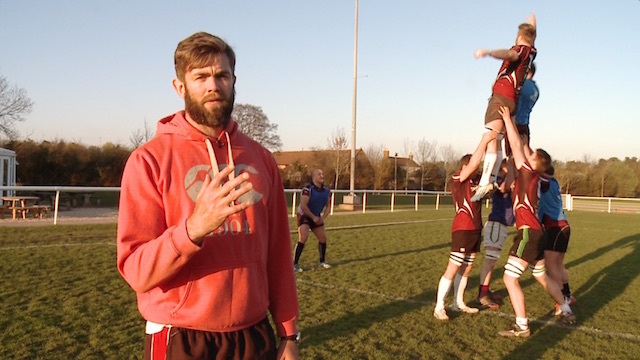
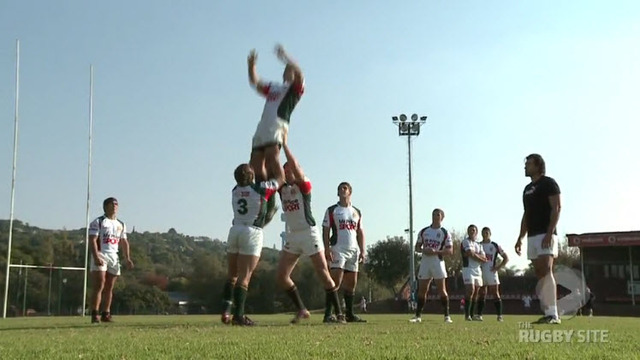
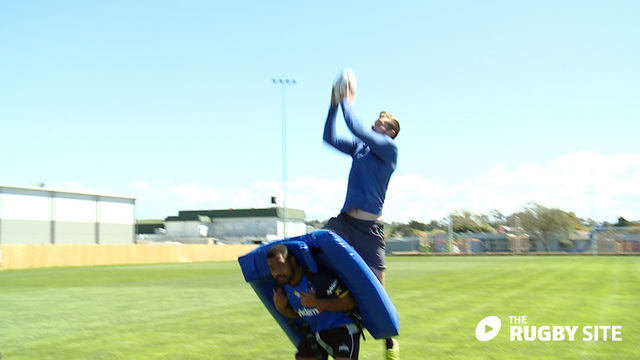
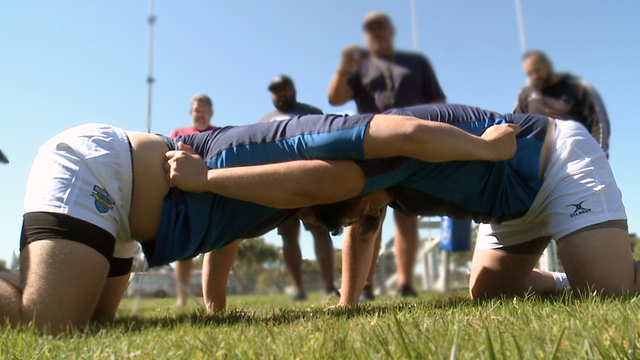
.jpg)



